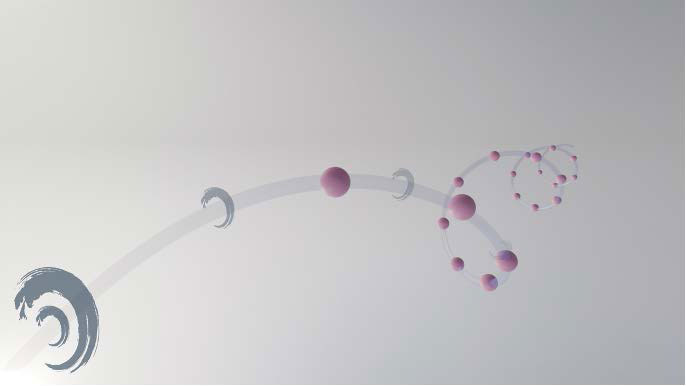2025-01-13 コロンビア大学
<関連情報>
- https://www.engineering.columbia.edu/about/news/engineering-quantum-entanglement-nanoscale
- https://www.nature.com/articles/s41566-024-01602-z
周期的に分極された層状半導体における準位相整合のアップコンバージョンとダウンコンバージョン Quasi-phase-matched up- and down-conversion in periodically poled layered semiconductors
Chiara Trovatello,Carino Ferrante,Birui Yang,Josip Bajo,Benjamin Braun,Zhi Hao Peng,Xinyi Xu,Philipp K. Jenke,Andrew Ye,Milan Delor,D. N. Basov,Jiwoong Park,Philip Walther,Cory R. Dean,Lee A. Rozema,Andrea Marini,Giulio Cerullo & P. James Schuck
Nature Photonics Published:13 January 2025
DOI:https://doi.org/10.1038/s41566-024-01602-z

Abstract
Nonlinear optics lies at the heart of classical and quantum light generation. The invention of periodic poling revolutionized nonlinear optics and its commercial applications by enabling robust quasi-phase-matching in crystals such as lithium niobate. However, reaching useful frequency conversion efficiencies requires macroscopic dimensions, limiting further technology development and integration. Here we realize a periodically poled van der Waals semiconductor (3R-MoS2). Owing to its large nonlinearity, we achieve a macroscopic frequency conversion efficiency of 0.03% at the relevant telecom wavelength over a microscopic thickness of 3.4 μm (that is, 3 poling periods), 10–100× thinner than current systems with similar performances. Due to intrinsic cavity effects, the thickness-dependent quasi-phase-matched second harmonic signal surpasses the usual quadratic enhancement by 50%. Further, we report the broadband generation of photon pairs at telecom wavelength via quasi-phase-matched spontaneous parametric down-conversion, showing a maximum coincidence-to-accidental ratio of 638 ± 75. This work opens the new and unexplored field of phase-matched nonlinear optics with microscopic van der Waals crystals, unlocking applications that require simple, ultra-compact technologies such as on-chip entangled photon-pair sources for integrated quantum circuitry and sensing.


